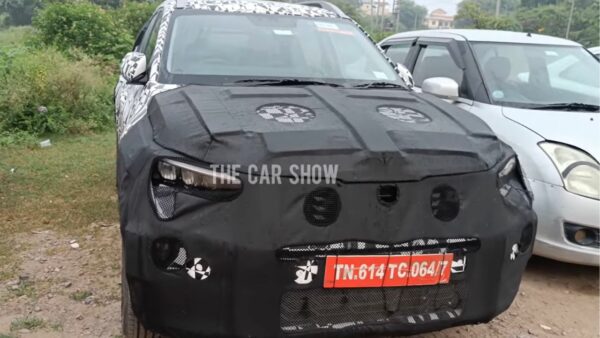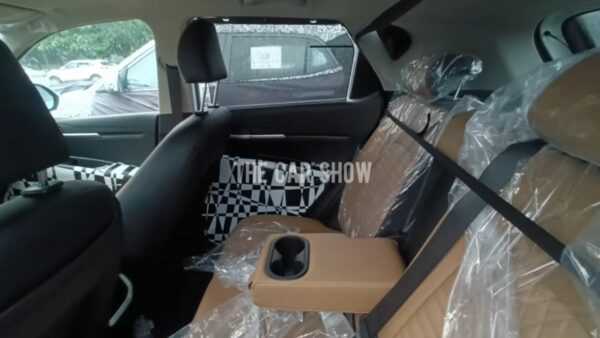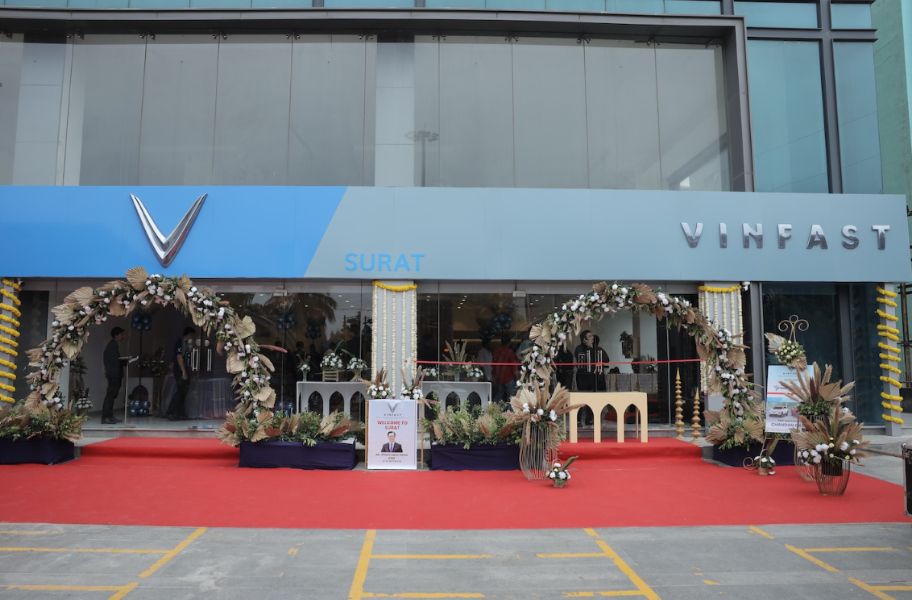
We hope Kia Sonet facelift brings manual transmission options with both 1.0L turbo petrol and 1.5L diesel engine options
Ever since its launch, Kia Sonet has been a decent seller in sub 4m SUV segment. With rivals getting facelifts, updates and generational upgrades, Kia India is carving a mid-life facelift for Sonet. For the first time, we have a glimpse of interior changes of mid-spec Sonet facelift trim.
Kia Sonet Facelift Mid-spec Trim Spied
The competitiveness within sub 4m SUV space has heated up. Tata launched Nexon faceliftHyundai facelifted Venue, Mahindra is facelifting XUV300 and Brezza had a generational upgrade. Sonet, however, has been the same since its launch. Design and presence are some of Sonet’s main strengths and the new facelift will add to it further.
For starters, this video might be covering a mid-spec trim and not a top-spec trim. There were other Sonet facelift test mules parked beside it as part of a group. But this video only covers one Sonet facelift and it might be a mid-spec or one trim below top-spec. We say this because it lacks front camera and ADAS tech that is highly likely to be on offer with top-spec trims.
As seen in the video uploaded by The Car Show Youtube channel, we can see exterior and interior changes with Sonet facelift. On the outside, Kia is likely to offer a new design for LED headlights, LED DRLs, front and rear bumper. New LED tail lights seem to be a direct inspiration from Seltos facelift.
This particular unit packs new design 16-inch dual-tone alloy wheels with 195-section tyre, a single-pane sunroof, LED headlights, projector fog lights, front parking sensors, roof rails, shark fin antenna and a lot more. Because of the camouflage, we can’t say whether it has a rear washer and wiper along with a rear defogger or not.
What are the interior changes?
Primary change with Sonet facelift’s interior is the new automatic climate control unit. Current Sonet’s automatic climate control panel packs a small display along with two rows of buttons. With the facelift, Kia has cleaned up this clutter and introduced one row of buttons on top and a row of toggles below that looks much cleaner.
Other than that, there seems to be a new fully digital instrument cluster, shared with Hyundai Venue. Rear windows now get a built-in sliding sun shade which is a segment-first feature. Rear 3-point seatbelts, tan colour upholstery, rear armrest, rear AC vents are notable elements. Only the top-spec trims will pack ADAS tech (shared with Venue) and a 360-degree camera are notable.

The 10-inch touchscreen infotainment unit, ventilated front seats, and large 392L boot space are a few key strengths. Powertrain department will be carried over as is – A 1.2L NA petrol (82 bhp, 115 Nm, 5MT), a 1.0L turbo petrol (118 bhp, 172 Nm, 6iMT, 7DCT) and a 1.5L diesel (114 bhp, 250 Nm, 6iMT, 6TC).
This test mule has a sunroof and a manual transmission. This is a good hint that Come on is introducing manual gearbox options with higher-end trims, potentially with 1.0L turbo petrol and diesel. There will be a slight hike in price, owing to the changes.







